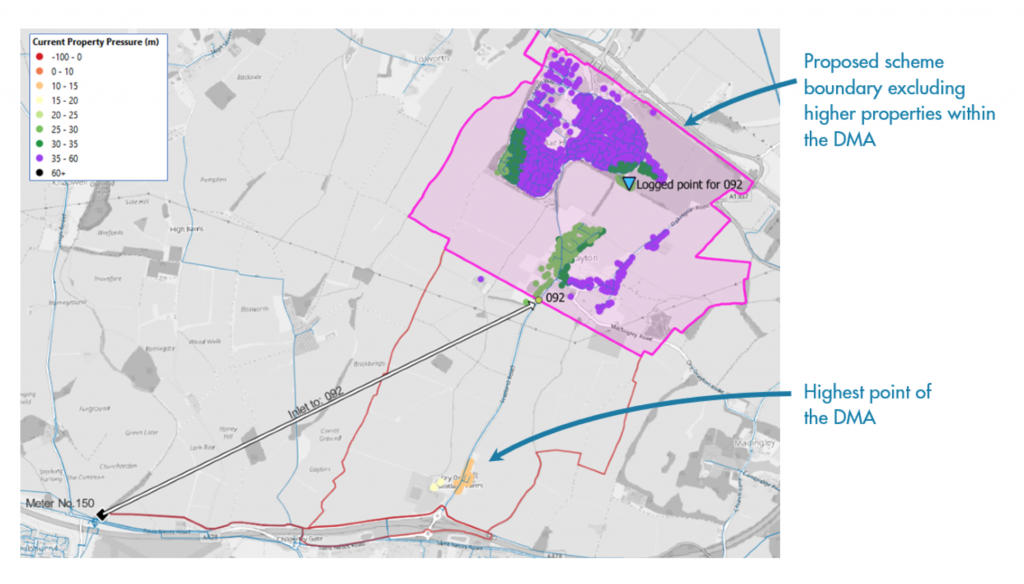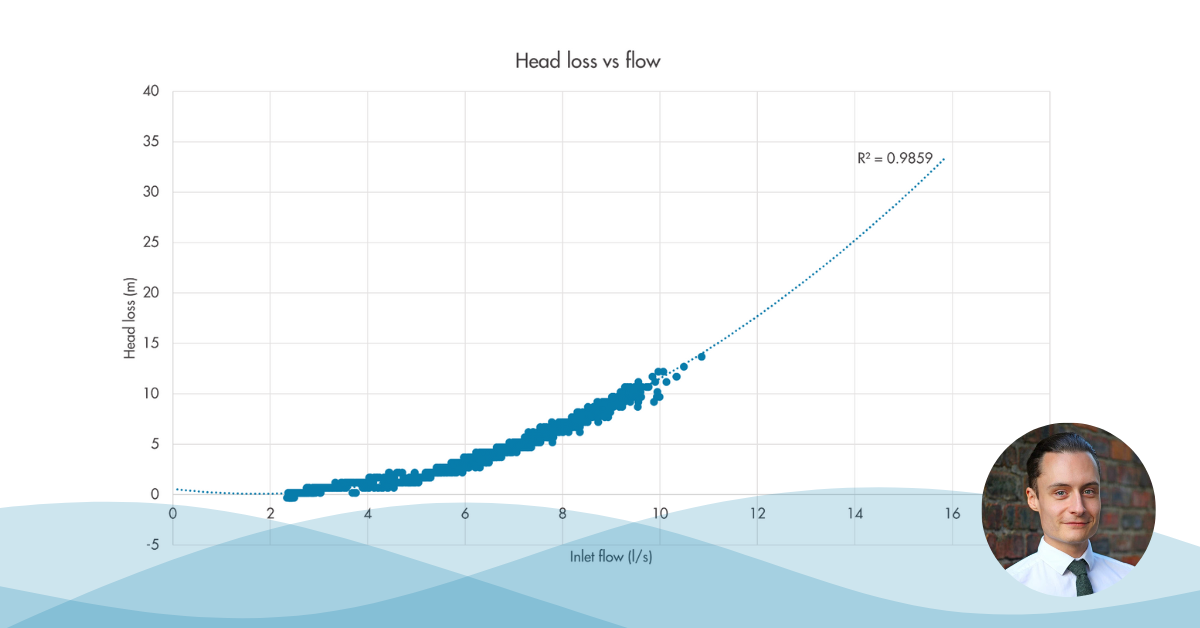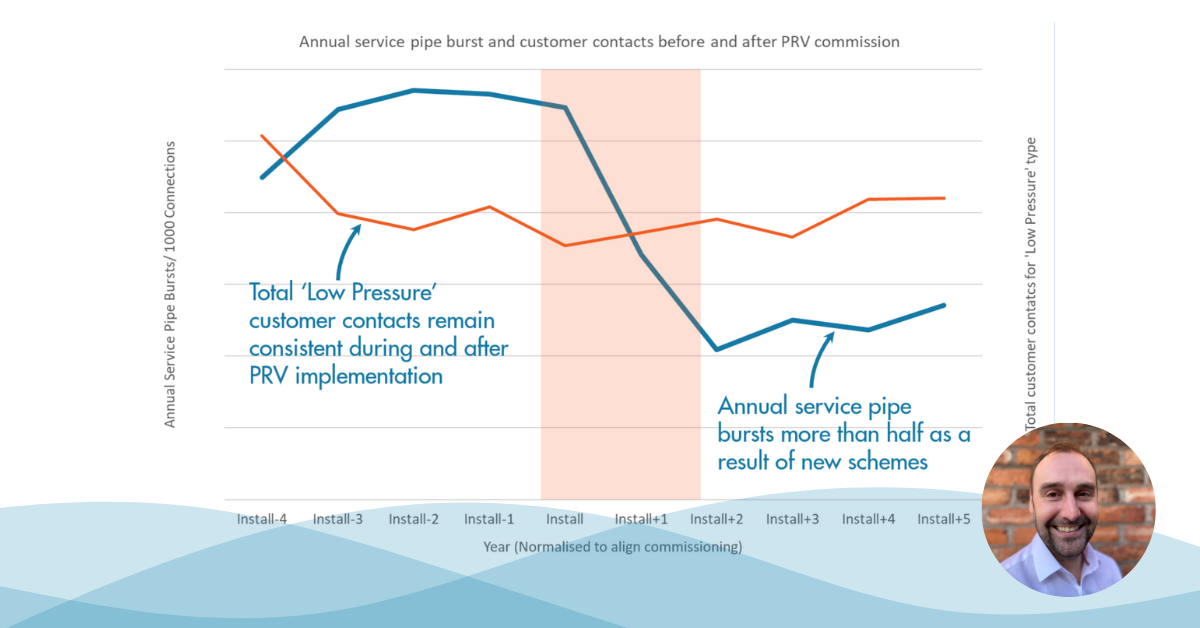One of our blogs from earlier this year detailed a project we had undertaken for Northumbrian Water, where we were approached to help understand opportunities for new pressure management schemes on its network. On the back of the success of this project, we rolled out our analysis to other water companies and have recently completed a piece of work for South Staffs Water to identify opportunities in its Cambridge region. This blog will outline some of the advances we have made in our analysis approach, and its implementation, and give some insight into how the project outputs are helping South Staffs Water meet its performance targets.
Based on the processes established while working on the earlier Northumbrian Water project, we carried out some development work and have been able to largely automate our analysis to offer better value to our clients. We have developed a system which ingests client GIS and network monitoring data, and then uses it to automatically calculate current pressures at all properties on the network. From this, we can begin to identify opportunities for pressure management.
Property pressure analysis
One of the key tools we’ve used to facilitate identifying schemes is a QGIS workspace connected to the project analysis database, which produces overview plots showing the current property pressures under peak flow conditions (see Figure 1). Each coloured dot represents a property, with its colour relating to a particular pressure band. Simply put, areas with large amounts of darker green and purple dots have the greatest potential opportunity, whereas clusters of orange and yellow dots represent properties which are currently marginal on pressure level of service performance and cannot be considered for further pressure reduction.
Figure 1: Example scheme overview plot
Plotting the results geographically allows us to identify opportunities which we might not have identified when reviewing the results based on the critical point performance of each DMA. The DMA includes a cluster of properties around the highest point of the DMA which are at risk of poor pressure, and when reviewing the tabulated results there doesn’t appear to be any scope for pressure management. However, when reviewing the plotted results, it was easy to identify a significant opportunity for pressure management, covering all properties downstream of this cluster.
Having identified a proposed PRV installation point, we used the workspace to construct a polygon of the proposed scheme boundary (shown in pink in Figure 1). We were then able to use our system’s spatial analysis capabilities to automatically define which properties and mains were included in the scheme based on coincidence with the polygon. In this example, the system calculated a potential AZP pressure reduction of 10 metres across 2,130 properties.
Final outputs
A fully automated cost-benefit analysis was then performed on each scheme, to calculate projected annual savings based on three contributing components:
- reduction in the number of bursts and the associated cost of burst repair;
- reduction in leakage flow rates and the associated marginal cost of water saved; and
- reduction in the natural rate of rise and associated leakage detection resource costs.
For the top ten schemes identified, we produced design reports including:
- The scheme overview plot (as shown in Figure 1)
- Plots of DMA topography
- Details of proposed PRV installation locations
- Head loss gradient plots illustrating the pressure throughout the scheme and how/where this has been reduced to meet the target pressure line
- Predicted scope for pressure reduction
- The calculated benefits and their components (£ per annum)
- Recommended PRV sizing, including the logic and assumptions used to derive the design flows
James Curtis, Leakage Strategy Manager at South Staffs Water, was very pleased with the clarity of the reports we produced and the insights we had found. In his own words, “I’m very happy. The project outputs are exactly what I wanted. You’ve succeeded in identifying opportunities in Cambridge where other companies have failed, and I’m looking forward to implementing the schemes.”




